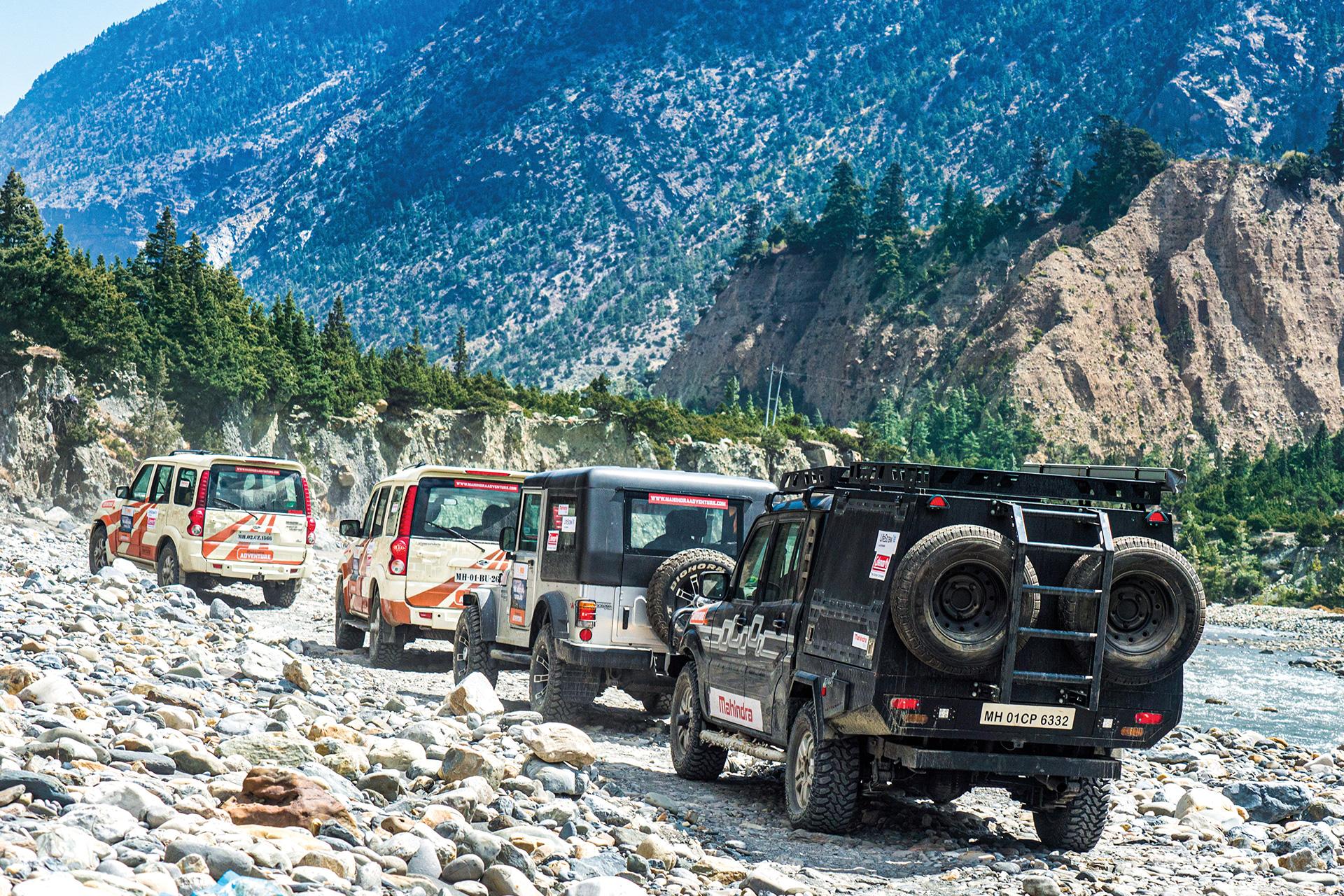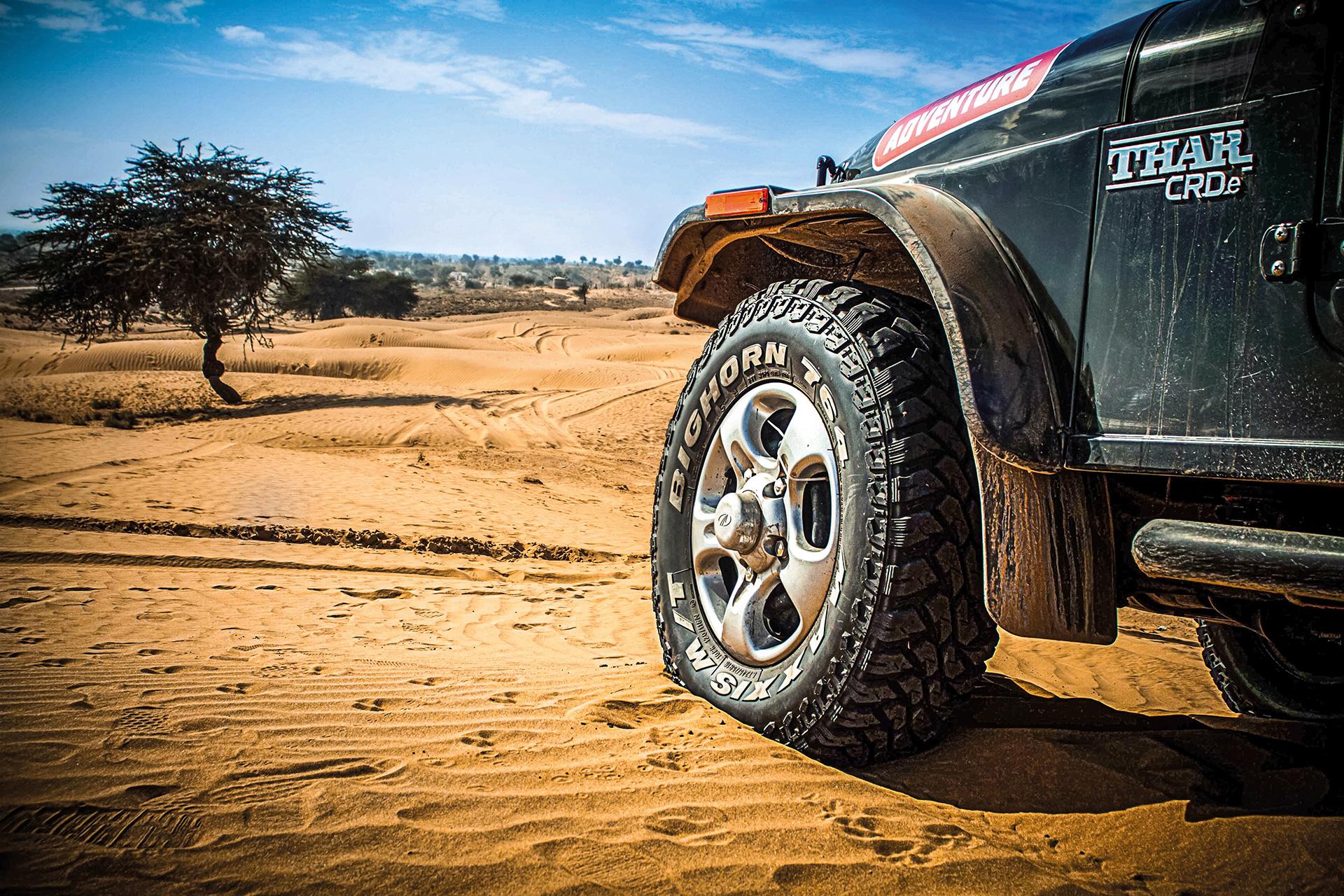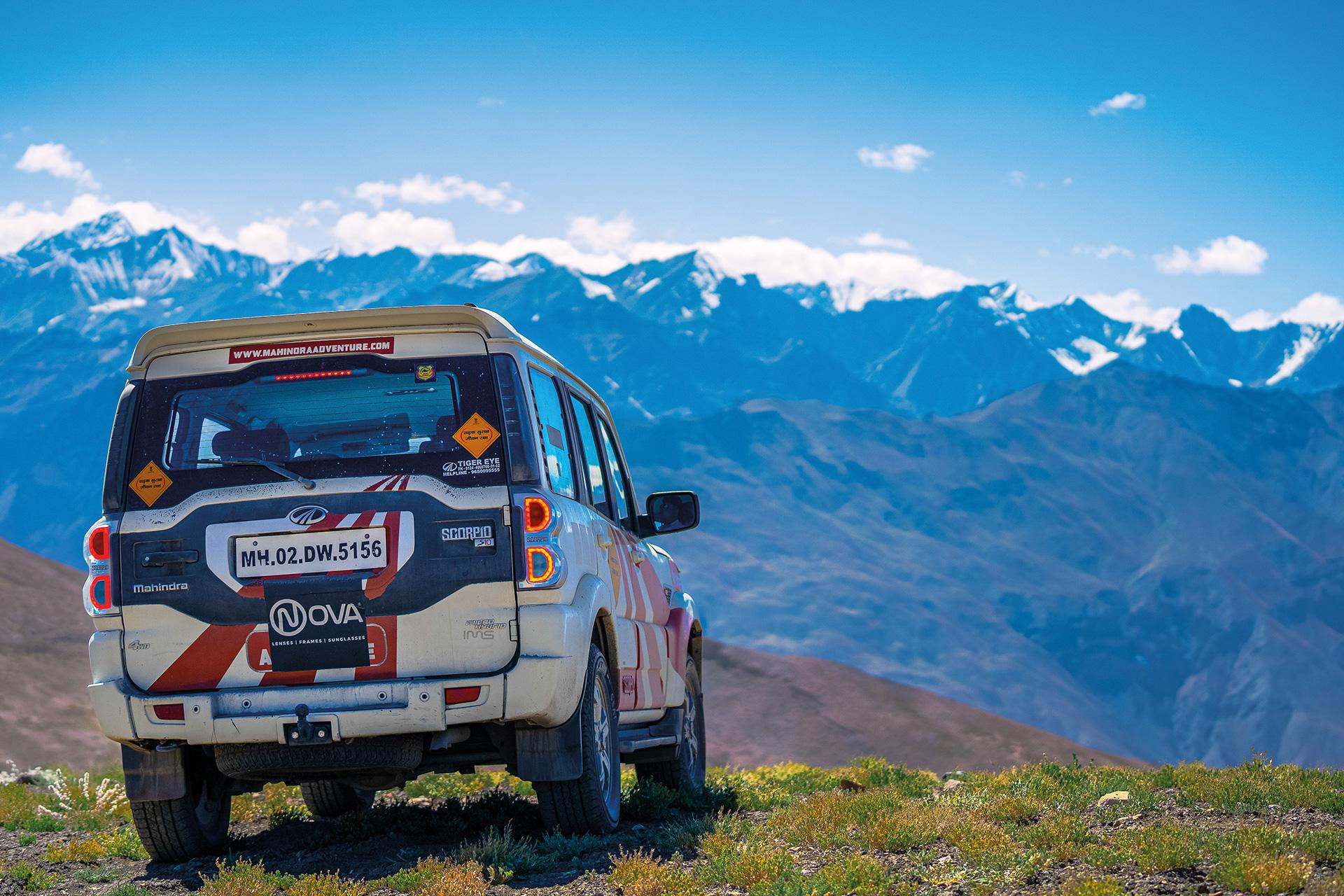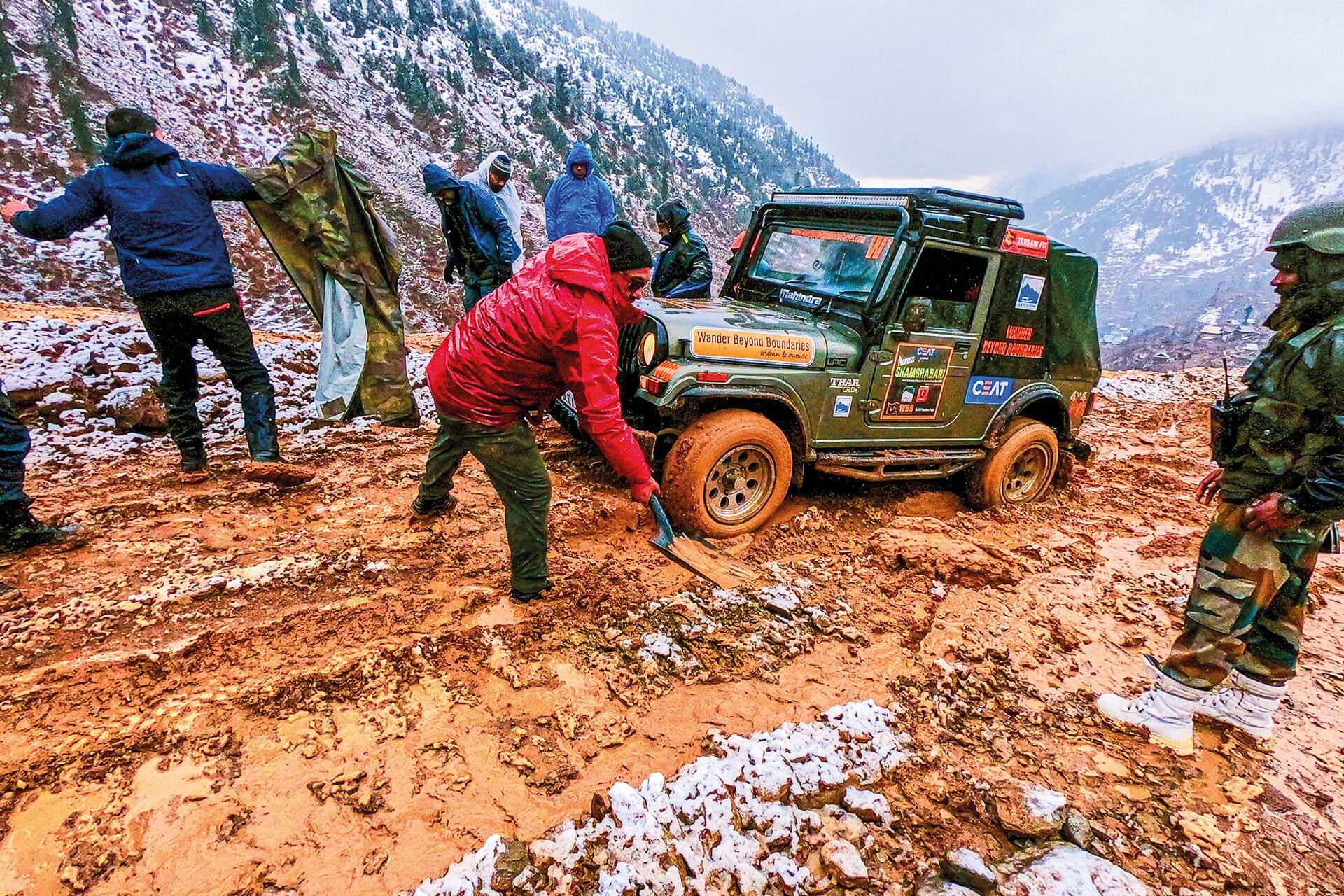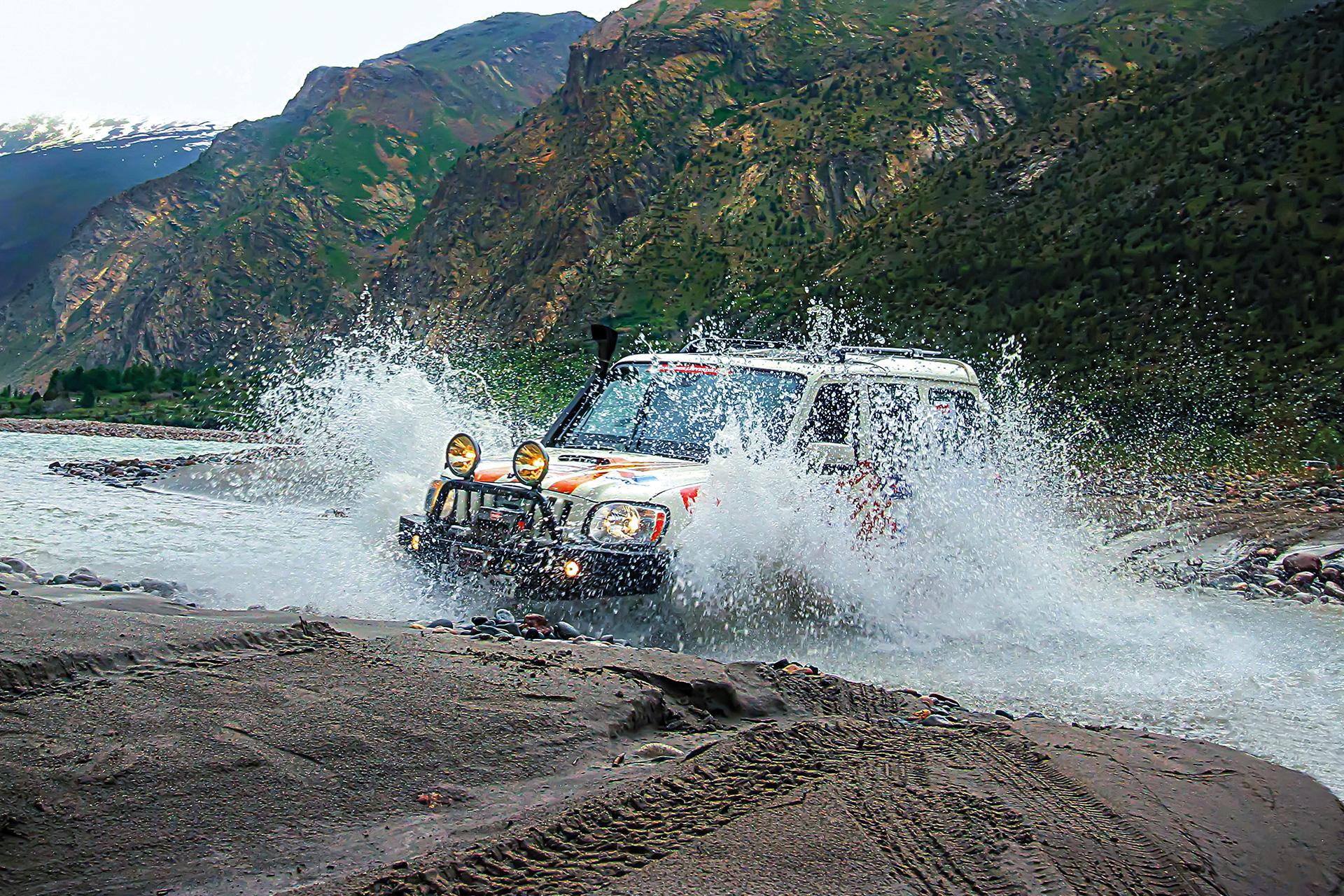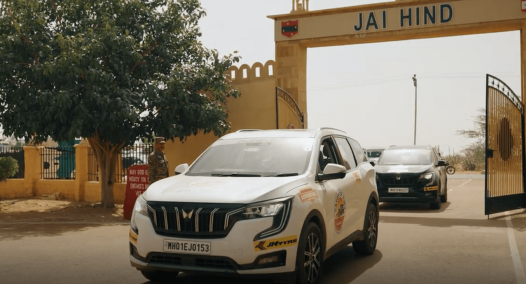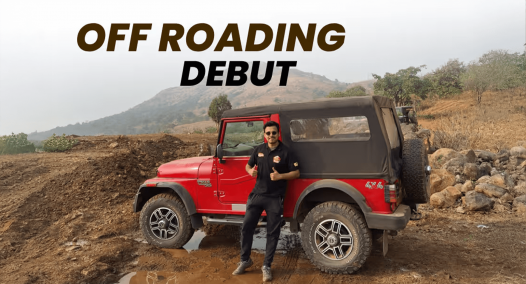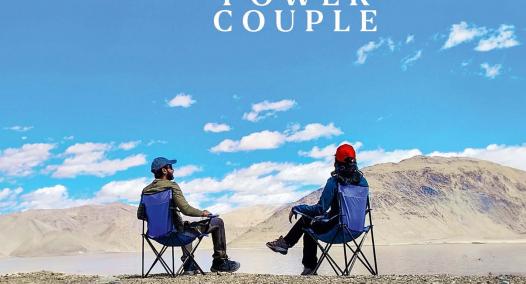Engine :-
Understand your primary area of operations, power and range requirements. Choosing the right powertrain is half the battle won. Modern diesels are great but don’t like waking up in ultra-low temperatures without protection of winter grade diesel or additives. Gasoline engines are lightweight and with spark ignition are more at home in the cold. However, diesels generally have higher torque, are abuse friendly and have a longer range for the same amount of fuel. Turbo-petrols have however started giving the diesels a run for their money with some great torque numbers.
Believe me when I say keep it stock. When in the wilderness, reliability is far more important than any horsepower gains. You could play around a little with the intake and exhaust to get some performance and most of us will not be able to achieve the desired results.
So like I said, keep things simple. If you’re going to be driving through particularly dusty environments, a snorkel is a good idea. Popular belief is that snorkels help you go into water. Vehicles hate water, do it only when absolutely required. A snorkel for the most part will help to get some cleaner air for your engine when you’re driving on rough roads with lots of dust. Unless, the snorkel was designed for the airflow requirements for your engine, expect a slight dip in performance.
Tyres :-
Most vehicles come with road tyres (HT) as standard fitment. Many touring vehicles are often seen with Mud-Terrain (MT) which frankly are overkill for this application. The MTs are noisy and unforgiving on roads and generally perform poorly unless you’re driving in deep slush and hard rocks. The ATs strike a good balance between HT and MT with slightly hard sidewalls and semi-aggressive tread blocks to help tackle harsh terrain without the Noise Vibration Harshness (NVH) issues of the MTs.
A slight upsize can also be a good idea. An upsize can either mean a slightly wider tyre and reduced aspect ratio or a wider tyre with a higher aspect ratio. In the first case, the upsize gives you added grip due to wider contact patch, there’s no difference in overall diameter of the tyre, so there’s no change in the ground clearance. The second type of upsize gives you the added benefit of increased height as with a higher aspect ratio, the height of the sidewall will increase thereby giving you more ground clearance. While upsizing you should watch out for any fouling of the tyre during full lock turns and full compression of the suspension. Depending on the upsize, your speedo reading will also start under reading.
It’s also a good idea to learn about the funny markings on the tyre. For example, 255/65 R18 – the 255 stands for sectional width of the tyre in milimetres. The 65 stands for aspect ratio (sidewall height) which is written as a percentage of the sectional width, so in this case 65 per cent of 255mm. The ‘R’ stands for Radial construction as opposed to cross-ply type of tyre construction only seen in older vehicles. The 18 stands for the rim size in inches. There are a plethora of other markings on tyres which are beyond the scope of this article.
Any upsizing should be done in moderation as anything above 4 per cent change in overall diameter will make modern ABS and ESP programmes function incorrectly.
Suspension :-
This department is a safety issue and should not be tinkered with unless absolutely necessary. Any changes here can drastically change the vehicle’s dynamic behaviour. Having said that most suspension mods either are searching for better ride quality / handling / load carrying. Before you change anything here, please load up the vehicle and drive it around. A loaded vehicle will almost always perform better from the suspension point of view. Not all suspension kits are equal, so do your research before you dive into this expensive department.
Protection :-
When going out into the wild, underbody protection is definitely required. Depending on the kind of vehicle, you may require protection for the radiator, engine, fuel tanks, DPF tanks. These metal sheets also add weight to your vehicle, so there’s no need to go overboard. Protect the vitals that actually need it.
Protection is not just for the underbody. There’s a variety of stuff you can get. It could be limb risers to drive branches away from the vehicle’s windshield, it could be an exoskeleton which also helps mount other things onto the body as well as provide protection to the vehicle’s exteriors. Bullbars and off-road bumpers will interfere with airbag deployment and aren’t a good thing for pedestrian safety.
The level of modification depends on your primary area of operation. If you’re operating mostly in the desert, you don’t need limb risers or a full underbody tray. In that kind of environment some protection for the engine area along with a snorkel should serve most people well.
Conclusion :-
Vehicle modification is a vast subject, but remember not all aftermarket modifications are engineered for your vehicle. Some additions may compromise safety as well. The more serious your urge to get away from people, the more you’ll have to rely on your vehicle. If you keep vehicle reliability as your guiding philosophy, you’ll have a good time in the great outdoors. You don’t need to do every modification listed out here. Let’s face it, a trip to Shimla doesn’t require this kind of equipment. However, if you were doing Zanskar valley, more prep would be in order. In the next chapter,
we talk about what it takes to build some off-road rigs from simple to complex.

